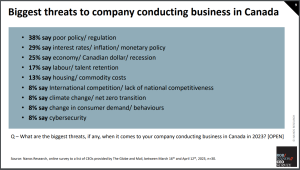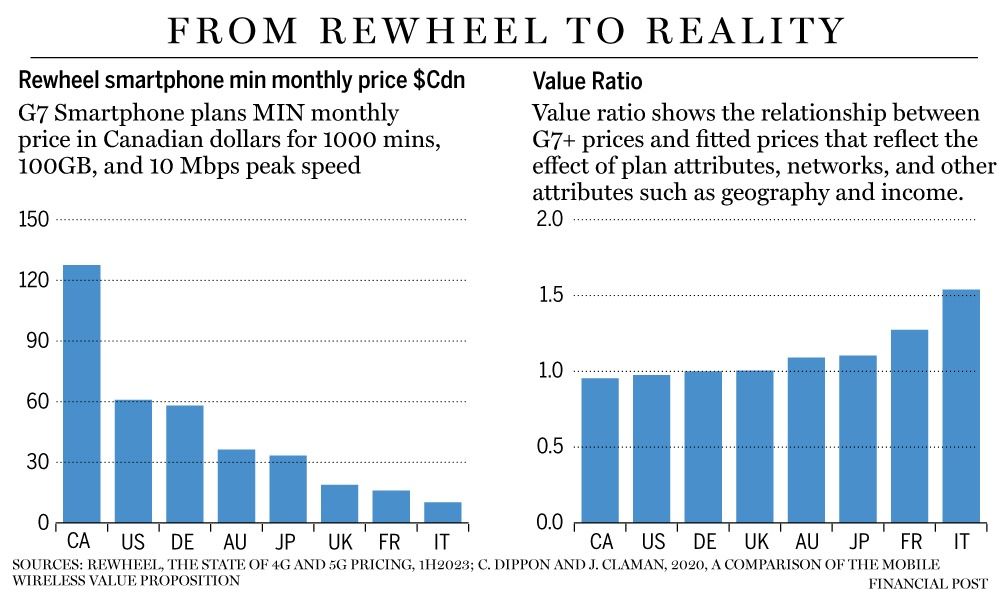Providing telecommunications in the Far North is a significant challenge. The population density is 0.03 people per square kilometre (0.02 in Nunavut), less than two orders of magnitude lower than the population of Canada as whole. Canada is already among the world’s least densely populated countries.
Adding to the engineering challenges are the vast distances to be covered, a harsh climate, and challenging geography. With less than 120,000 people, the Far North represents just 0.3% of Canada’s population across nearly 40% of Canada’s land mass. Indeed, on its own, the Far North would rank as the world’s seventh largest country (smaller than Australia but larger than India).
Upgrading telecommunications in the Far North isn’t easy, but it could deliver significant positive changes for Territorial residents. Telecommunications services can be a vehicle to digitally shrink distances.
As I mentioned in April, the CRTC has been studying the state of telecommunications in the Far North. The Commission conducted a week long public hearing in Whitehorse in April to canvass views. Final comments on the proceeding were supposed to be submitted last Friday (June 9). However, on May 24, the CRTC suspended the proceeding, saying:
The Commission is committed to consulting a diversity of voices and perspectives on the issues raised in this proceeding. The Commission intends to take additional steps in this regard, while recognizing the importance of a timely decision.
Last week, TELUS filed an interesting proposal in the form of a procedural request. In its letter, TELUS made two recommendations to enhance the process:
- addition of a reply phase; and,
- the appointment of an inquiry officer “to engage directly with interested parties in Nunavut.”
The suggestion of including a reply phase is not that unusual. Given the nature of the proceeding, it likely should have been part of the CRTC’s original public notice. As TELUS noted, “Reply is commonly part of a major proceeding as it allows parties to challenge the veracity of any conclusions made in final submissions and to correct the record regarding any mischaracterizations of information already submitted.”
The appointment of an Inquiry Officer is a less frequently used power of the CRTC. Under the Telecom Act,
70 (1) The Commission may appoint any person to inquire into and report to the Commission on any matter
(a) pending before the Commission or within the Commission’s jurisdiction under this Act or any special Act; or
(b) on which the Commission is required to report under section 14.
In 2014, the CRTC appointed Commissioner Candace Molnar to be an Inquiry Officer to explore the Canadian marketplace for satellite services used on a wholesale basis. In 2012, Commissioner Tim Denton was appointed to be an Inquiry Officer to examine issues related to 9-1-1 evolution. Before that, we have to look back 40 years to see that the CRTC appointed a senior staff member to be an Inquiry Officer to examine Phase III costing.
TELUS notes in its letter that the CRTC has considerable discretion in who could be appointed.
In appointing an inquiry officer, the Commission is not limited to Commissioners and staff member, but may designate any person it deems to be suitably qualified. To address the particular issues in Nunavut, the inquiry officer could, for example, be from the Far North or very familiar with the circumstances, cultures and languages of Nunavut. Such an individual could engage with the people of Nunavut with a granularity and cultural sensitivity not possible in a regulatory hearing, but consistent with the Commission’s intentions toward Indigenous engagement as espoused in the Notice. Without the structure associated with a full hearing, an inquiry officer could converse directly with individuals in their homes or communities and the report could be completed comparatively quickly.
The purpose of the CRTC consultation is stated as “want[ing] to hear from you on what actions it should take to improve telecommunications services in communities in the Far North.” While the Commission sought comments using a “new online engagement platform”, without reliable internet access, how would most residents of Nunavut access it?
The people of Nunavut are the among most remote and the most dependent on satellite-based communications. For most residents, internet-based communications is slower and more expensive than similar services delivered to the majority of Canadians. Although the CRTC held its public hearing in the North, travel from Nunavut to Whitehorse is impractical for most. Participating via internet would not have been an option; isn’t that precisely why this consultation is being undertaken? Notably, the Government of Nunavut did not participate in the proceeding.
The CRTC itself noted that it “is committed to consulting a diversity of voices and perspectives on the issues raised in this proceeding”. The idea proposed by TELUS, to appoint an Inquiry Officer to collect evidence, would appear to be a solution to bridge the information gap, sensitive to the cultural diversity and geographical challenges that may have inhibited participation by Canada’s most remote citizens.
Until the state of telecommunications in the Far North is improved, it is imprudent to rely on conventional procedures to canvass local perspectives. Solving the challenges of upgrading telecommunications in the Far North will require unconventional engineering and regulatory approaches.
So isn’t this an appropriate occasion to use one of the more unconventional powers of the CRTC – appointing an Inquiry Officer?



